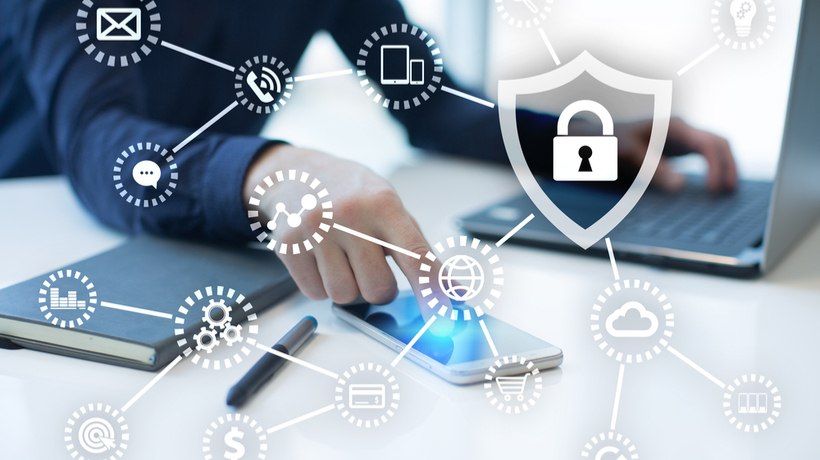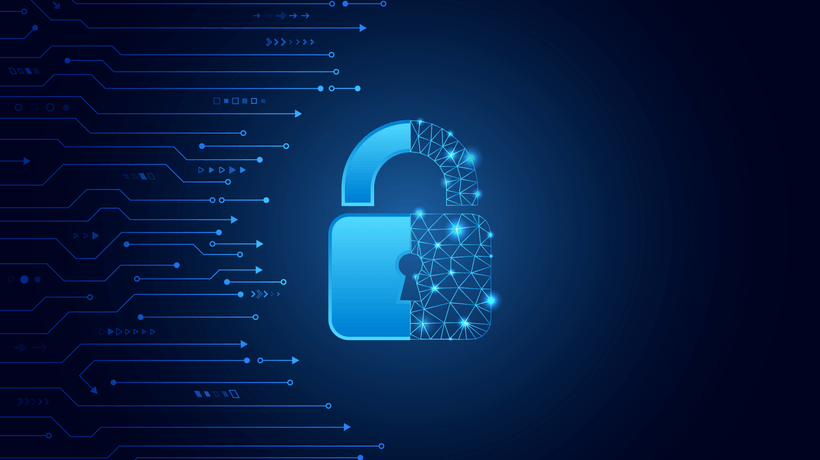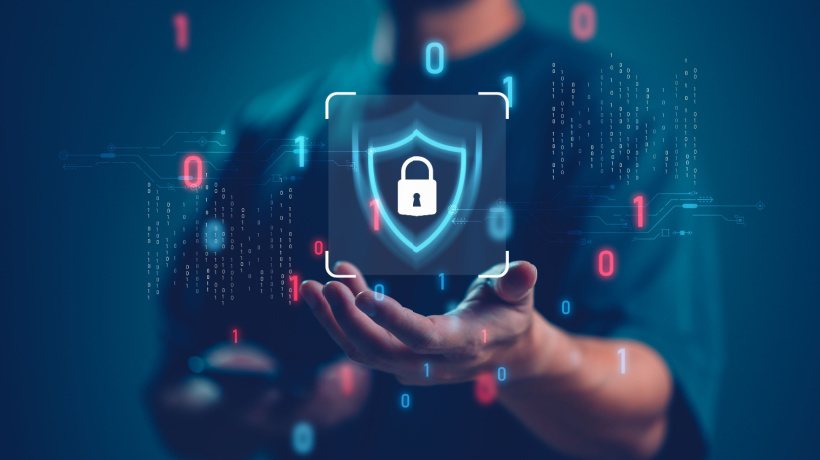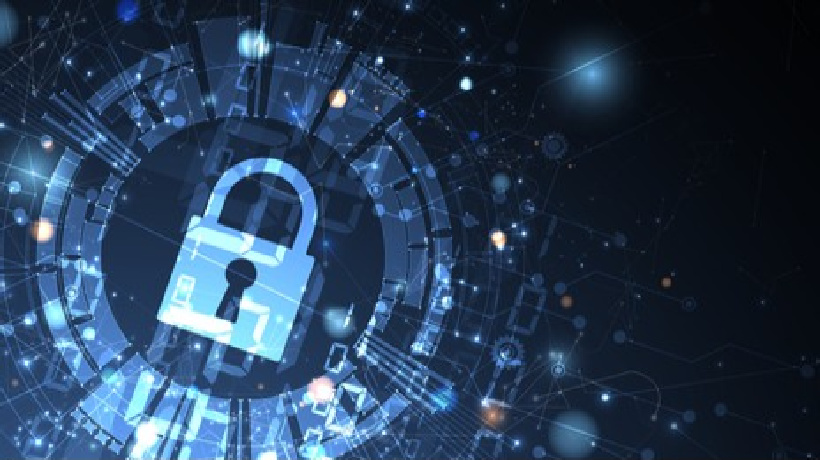Ways eLearning Can Improve Cybersecurity Awareness
The internet has become a venue for illegal activities, also known as cybercrimes. Right now, when it comes to the virtual world, we are more at risk than we have ever been. That’s due to the fact that we leave all these open doors in the systems of this technological world that we’re creating—doors that any cybercriminal can access.
An Example Of A Past Cyber Attack
The perfect example that illustrates the terrible effects of cybercrimes is definitely the WannaCry ransomware attack that happened in May 2017. WannaCry affected users in over 150 countries and among the victims of the attack were the National Health Service (NHS) in the UK. The criminal movement was extremely well organized, given the fact that the hackers behind the attack were demanding ransoms of $300 in bitcoins from each affected user who wanted to get rid of the virus. The hackers took things as far as threatening the users to double the ransom if payments were not made within 72 hours.
And this is just one example of what a dangerous place the Internet can be if we don’t take all the necessary measures, as movements such as the WannaCry attack still happen all the time. If we talk about the ROP attack example, you can get an idea of how easy it is for hackers to execute their malicious code, given the fact that the return-oriented programming technique uses exploits to overcome different defenses of the system.
After the WannaCry incident, people started to realize the need for cybersecurity awareness training at all levels of an organization. And what better way to educate the employees of a company than eLearning? eLearning is used all around the world as a method of studying. In fact, around 77% of U.S. organizations offer web-based preparing for their employees, which is meant to make studying easier and to keep people engaged. One such eLearning module would have to contain all the necessary information when it comes to cybersecurity, including the basics that can educate employees to keep their computers up to date with security patches, to not click on unexpected attachments to emails or unusual links, and other suspicious content.
What Is Happening Today
In recent years, cybercriminals have figured out how to take things to the next level, realizing that humans are actually the weakest part of a digital system. So, what did they do? Well, they created these social engineering attacks where they contact people and convince them to hand over secured information of organizations. The most common way to do that is by phishing emails sent by a hacker that pretends to be the CEO of the company asking for money, or even the local coffee shop "giving you" a $25 gift card for free. One thing to keep in mind is that if you own or you’re a part of a smaller company, it doesn’t mean that you’re not being targeted. In fact, 34% of spear phishing attacks are aimed at small businesses.
How eLearning Can Help From Now On
Here is the part where eLearning is brought up to the conversation again. And the reason for that is because there is no better way to avoid social engineering attacks than to train the people in an organization. And that training should mostly involve information about what not to do. Needless to say, the first people who need training in this specific area are finance professionals, the legal department, and after them come the employees who usually deal with the general public. Of course, the entire IT department should be the most educated by being engaged in continuous training, especially the cybersecurity professionals.
There comes an even bigger question: Shouldn't people start the training sooner? And by sooner, it means that they should be familiarized with the whole concept by the time they reach higher education. This area is progressively investigating the usage of technology and information systems in order to satisfy the need of those students who no longer enjoy traditional classroom-based methods.
The evolution of eLearning in higher education can bring us one step closer to fulfill the purpose of educating young people on everything about the current and the future technological world, cybersecurity included. After all, students are the future employees of organizations, so they should be aware of the risks they’re facing when using the internet, and they should also be able to learn how to prevent cyber attacks.
There’s one more thing that should be considered, although it might seem pretty obvious. eLearning frameworks are using the internet as a place to get all essential data and information. As mentioned before, the internet is surrounded by cybercrimes so, naturally, protecting eLearning with cybersecurity is definitely a necessity. You can’t really learn about safety on the internet if you’re learning on an unsecured platform, right?
The best way to avoid cyber attacks is definitely by not being ignorant anymore when it comes to our activity on the internet. In a world where cybersecurity and eLearning go hand in hand, cyber attacks will have less of an impact on the digital world. With that being said, we can pretty much say that us not paying attention to our activities on the internet, is like leaving an open door for the cybercriminals to come in whenever they want. So, basically, it’s like your home has a security system, but you leave the door open for the thieves to come in.
eLearning represents the best modern platform for those companies who want to avoid their systems from being compromised by hackers, by training their employees to have an education when it comes to cybersecurity. For future purposes, cybersecurity awareness should be brought to people from before they enter offices, meaning that they should learn about it while they’re students. Prevention goes a long way, and good cyber hygiene prevents breaches and improves the digital world. And after all, a more secure digital world creates a safer world for business.









